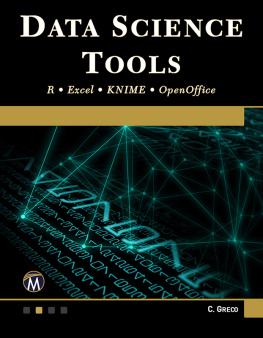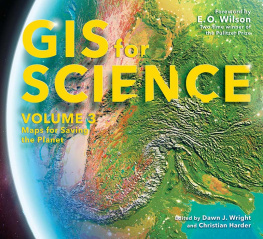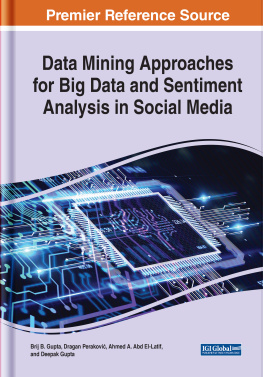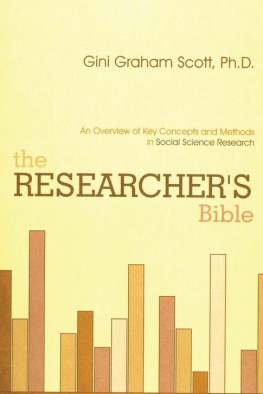Bloomsbury Research Methods
Edited by Graham Crow and Mark Elliot
The Bloomsbury Research Methods series provides authoritative introductions to a range of frequently used research methods and of current issues in research methodology. Each volume sets out the key elements of the particular method and features examples of its application, drawing on a consistent structure across the whole series. Written in an accessible style by leading experts in the field, this series is an innovative pedagogical and research resource.
What are Community Studies?
Graham Crow
What is Diary Method?
Ruth Bartlett and Christine Milligan
What is Discourse Analysis?
Stephanie Taylor
What is Grounded Theory?
Massimiliano Tarozzi
What is Inclusive Research?
Melanie Nind
What is Narrative Research?
Molly Andrews, Mark Davis, Cigdem Esin, Lar-Christer Hyden, Margareta Hyden, Corinne Squire and Barbara Harrison
What is Online Research?
Tristram Hooley, Jane Wellens and John Marriott
What is Qualitative Interviewing?
Rosalind Edwards and Janet Holland
What is Qualitative Research?
Martyn Hammersley
What are Qualitative Research Ethics?
Rose Wiles
What is Social Network Analysis?
John Scott
What is Qualitative Longitudinal Research?
Bren Neale
What is Rhythmanalysis?
Dawn Lyon Forthcoming books:
Embodied Inquiry
Jennifer Leigh and Mag Nicole Brown
Statistical Modelling in R
Kevin Ralston, Vernon Gayle,
Roxanne Connelly and Chris Playford
The idea behind this book series is a simple one: to provide concise and accessible introductions to frequently used research methods and of current issues in research methodology. Books in the series have been written by experts in their fields with a brief to write about their subject for a broad audience.
The series has been developed through a partnership between Bloomsbury and the UKs renowned National Centre for Research Methods (NCRM). The original What Is? Research Methods Series sprang from the eponymous strand at NCRMs Research Methods Festivals.
This relaunched series reflects changes in the research landscape, embracing research methods innovation and interdisciplinarity. Methodological innovation is the order of the day, while still maintaining an emphasis on accessibility to a wide audience. The format allows researchers who are new to a field to gain an insight into its key features, while also providing a useful update on recent developments for people who have had some prior acquaintance with it. All readers should find it helpful to be taken through the discussion of key terms, the history of how the method or methodological issue has developed, and the assessment of the strengths and possible weaknesses of the approach through the analysis of illustrative examples.
This book is devoted to Geographical Information Systems (GIS). In it, Nick Bearman introduces a methodological innovation that in the relatively short time of its existence has been remarkably far-reaching, in several senses. In a literal (spatial) sense, GIS makes it possible for its users to reach into all parts of the globe and to locate and track an enormous range of phenomena, both natural and social. As a consequence, GIS has made the world more knowable than could have been imagined even a generation ago. Nor is this new capacity for knowledge in fine detail restricted to academic enquiry, as is the case with some methodological innovations. GIS is far-reaching in its application by scientists (including social scientists) and lay people alike, a development made possible by its integration into technologies now in widespread everyday use. A further consequence follows from this, as GIS has become a methodological tool that has in turn started to shape peoples behaviour. GIS is helping to change our relationship to where we are, that is, to location and to distance, and to social coordination. Like many powerful ideas, the thinking underpinning GIS is relatively simple, although as Nick Bearman shows there is extensive scope for complex knowledge to be derived from its application, and all expectations are that this trend will continue, and quite possibly accelerate. We can also be confident that some degree of understanding of GIS will be required for wide sections of the population to comprehend, and to participate in, large swathes of everyday social and economic activities. By implication, knowledge of GIS will become a key element in the toolkits of researchers in a broad range of academic disciplines.








